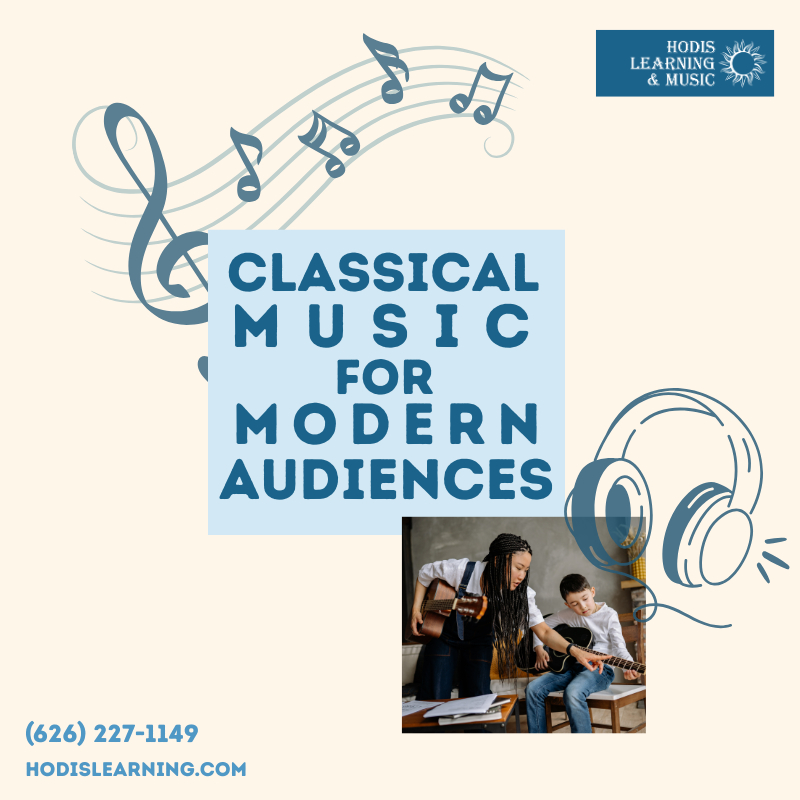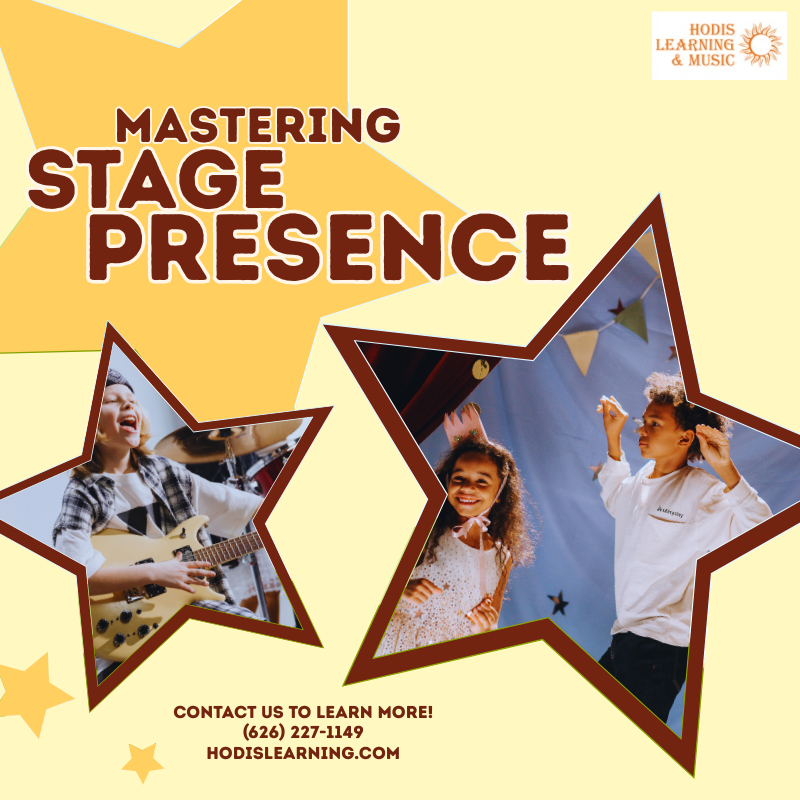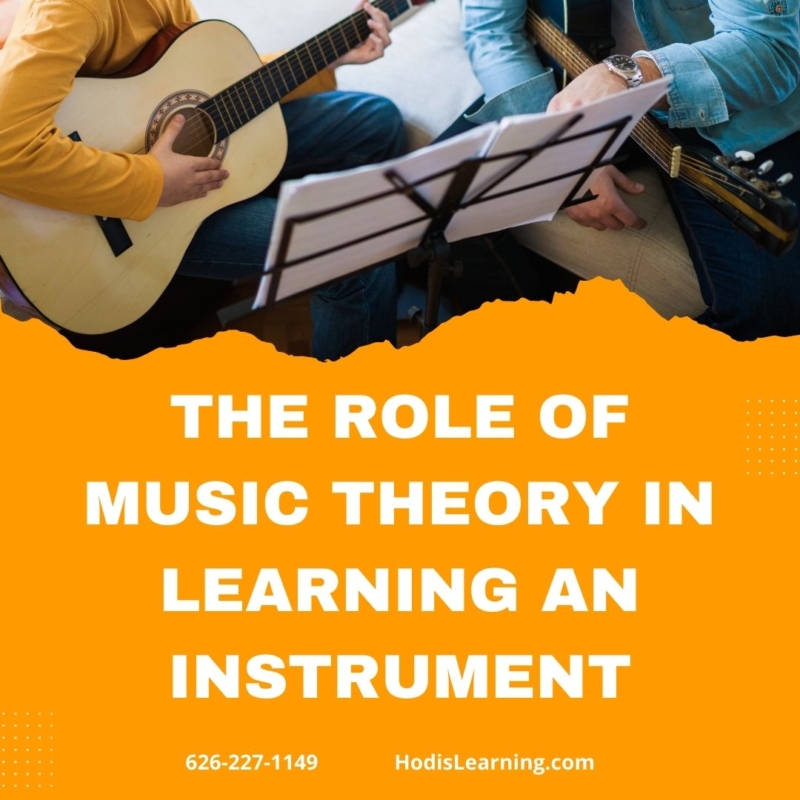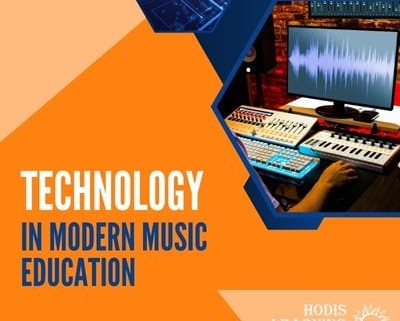A strong musical practice routine is one of the most effective tools a musician can have, no matter your age, instrument, or experience level. The structure and consistency of your practice directly influences how quickly and confidently you progress.
Building a routine that works doesn’t have to be complicated. With the right strategies, you can create a practice habit that supports your growth and keeps you inspired.
Why Practice Matters at Every Level
Consistent practice helps musicians develop muscle memory, strengthen technique, improve tone quality, and build musical confidence. For beginners, regular practice enforces imperative foundational skills, like learning finger placement, basic rhythms, and proper posture.
Intermediate players benefit from disciplined practice as they refine technique and expand their repertoire. Even advanced musicians practice daily to stay sharp, explore new styles, and maintain performance readiness.
Think of practice as the bridge between where you are now and where you want to be. Here are some tips for creating a practice routine that’s both effective and enjoyable.
1. Set Clear, Achievable Goals
Goals can be as simple as mastering a new chord, improving breath support, or learning the first half of a song. Clear goals help you stay focused and motivated, while also giving you a sense of accomplishment as you check them off. A skilled music teacher can help you set goals based on your skill level and your ultimate musical goals.
2. Keep Sessions Short and Consistent
You don’t need hours a day to make progress. In fact, shorter, consistent sessions are often more effective than long, infrequent ones. Aim for 10–20 minutes a day for beginners and longer if you’re more advanced. Consistency helps your brain and body absorb new skills more quickly.
3. Break Your Practice Into Sections
A balanced routine keeps practice engaging and productive. Try dividing your session into three parts:
- Warm-up: Scales, breathing exercises, or simple patterns
- Technique: Focused skill-building such as finger agility, bowing, tone production, or rhythm
- Repertoire: Practicing songs you’re learning or refining
4. Use Tools That Support Success
Metronomes, backing tracks, apps, and recordings of yourself can help you track progress and stay on tempo. As you improve, these tools give you an objective sense of growth and help you adjust your practice plan accordingly.
5. Make Your Practice Routine Enjoyable
A routine only works if you want to return to it! Mix in music you love, celebrate little victories, and give yourself permission to explore.
Take the Next Step & Start Lessons With a Professional Teacher
Creating a routine is important, but having a skilled instructor guide your progress can make all the difference. A music teacher provides structure, accountability, and personalized feedback that accelerates your growth and keeps practice meaningful. If you’re ready to build a routine that truly supports your musical goals, we’d love to help you get started.
Call us today at (626) 227-1149 or submit a contact form to schedule your first music lesson.
